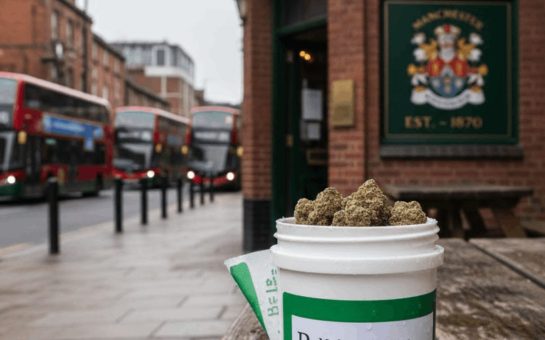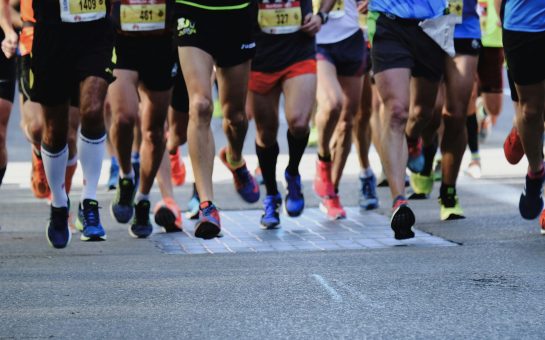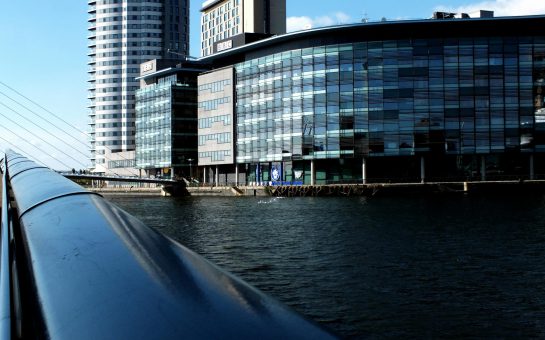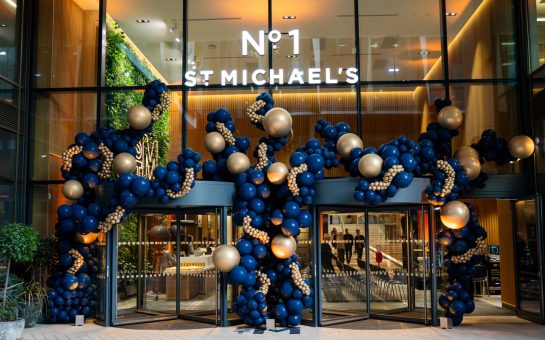Impoverished children once kicked skulls around the streets of Manchester in the 1840s to get their football fix – the polar opposite of Wayne Rooney’s new contract worth a reported £300,000 per week.
Manchester has become one of the epicentres of English football in recent years, and it is perhaps fitting for a city that has been influential since the beautiful game first took the world by storm.
The National Football Museum, which relocated to Manchester city centre in 2012, played host last Friday to a fascinating insight into the origins of the sport in the home of two of the biggest sides in club football – Manchester United and Manchester City.
Gary James, a historian and esteemed author, hosted the talk regarding Association Football in the city during its very infant stages between 1840-1884.
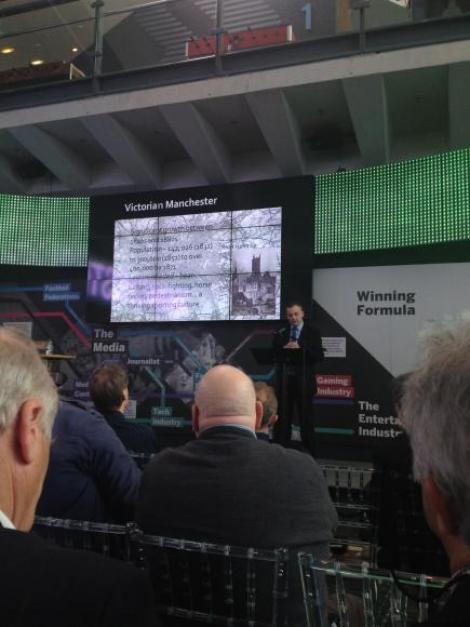
With the help of an interactive slideshow, Mr James segmented the rise of football into five distinct stages, first underlining the significant growth in the city between 1820-1880 as sporting culture took off in Victorian England (1837-1901).
Gambling sports were said to have dominated during that period – with horse racing, cock fighting and illegal bear-baiting popular across the region.
Then when the first phase of the introduction of football came around, it was known as ‘mob football’ said Mr James.
‘Mob football’ had been banned as early as 1608 by the Court Leet for being unruly and not as helpful to the military as other sports such as archery. Officers were appointed to prevent the game spreading on the streets.
“The Manchester Courier weren’t particularly encouraging or discouraging, they simply reported what they thought their readership would be interested in,” Mr James told MM.
“I think it tended to follow a more conservative view of the world than the liberal Guardian and therefore the fact it talked about football is interesting.”
Despite the embargo on street football, it appears that some form of the game continued to rumble on in the region as the game got passed down through generations.
The second stage, said to have started in 1840, involved informal football being played on the streets and fields. Around this time, a park in Harpurhey opened a space for football – the first of its kind in Manchester.
It was around the same time that the Courier, an old local newspaper, published an article outlining the different types of football that were popular in the area at the time.
The single most important event in the history of Mancunian football – the formation of the often-forgotten Hulme Athenaeum in the 1860s – signalled the start of the third period.
The club, whose members were made up of those in the working and lower middle classes, was the first in the area to label itself an Association Football team.
“It is important to point out that the lower and lower middle classes were at the foundations of football as literature can often ignore that,” said Mr James.
“A lot of the early literature was written by the upper classes who formed Lancashire FA, which perhaps skews the impact the more affluent had.”
It was not until the mid-1870s that regular fixtures were played by experienced players, with a new club under the name of Manchester Association Football Club the first established club to play football as a primary sport.
Indeed, several members from the original Hulme Athenaeum set-up became key members in playing, secretarial and administrative roles of the new MAFC.
A crowd of 75,203 packed out Old Trafford last month for the Manchester derby, in what has become one of the most-watched derbies in world football.
A more modest attendance of less than 500 piled into Longsight Cricket Ground to watch MAFC take on a visit from Sheffield during the 1876/77 season in what was a groundbreaking spectacle.
It marked the beginning of spectatorism in the city which kick-started a sudden increase in attendance by Mancunians. This was highlighted just six years later as around 10,000 watched an FA Cup semi-final in the city, played out between Sheffield Wednesday and Blackburn.
The final stage takes us to football as we know it, with the birth of several Manchester football clubs in the early 1880s.
Among those were Ardwick, who eventually became Manchester City, and Newton Heath, who went on to form Manchester United.
Mr James’ talk was on behalf of Sports and Leisure History Group (SpLeisH), who are based at Manchester Metropolitan University.
It was the first of three presentations set to take place at the National Football Museum over the next weeks, with Manchester Athletics and Motoring in Manchester to also be discussed in the coming weeks.
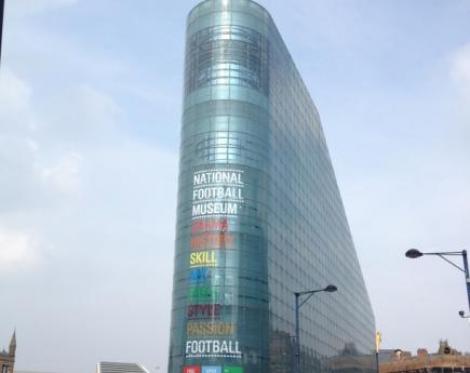
“It was great to see so many people there. There was a nice mix of fans, academics, officials from clubs, the PFA and Manchester FA,” said Mr James.
“We’re really looking forward to the other talks and would encourage everyone to attend to learn more about Manchester sports history.”
For more information click here and to view the presentation in full follow this link.
Main image courtesy of England Football Official via YouTube, with thanks.
